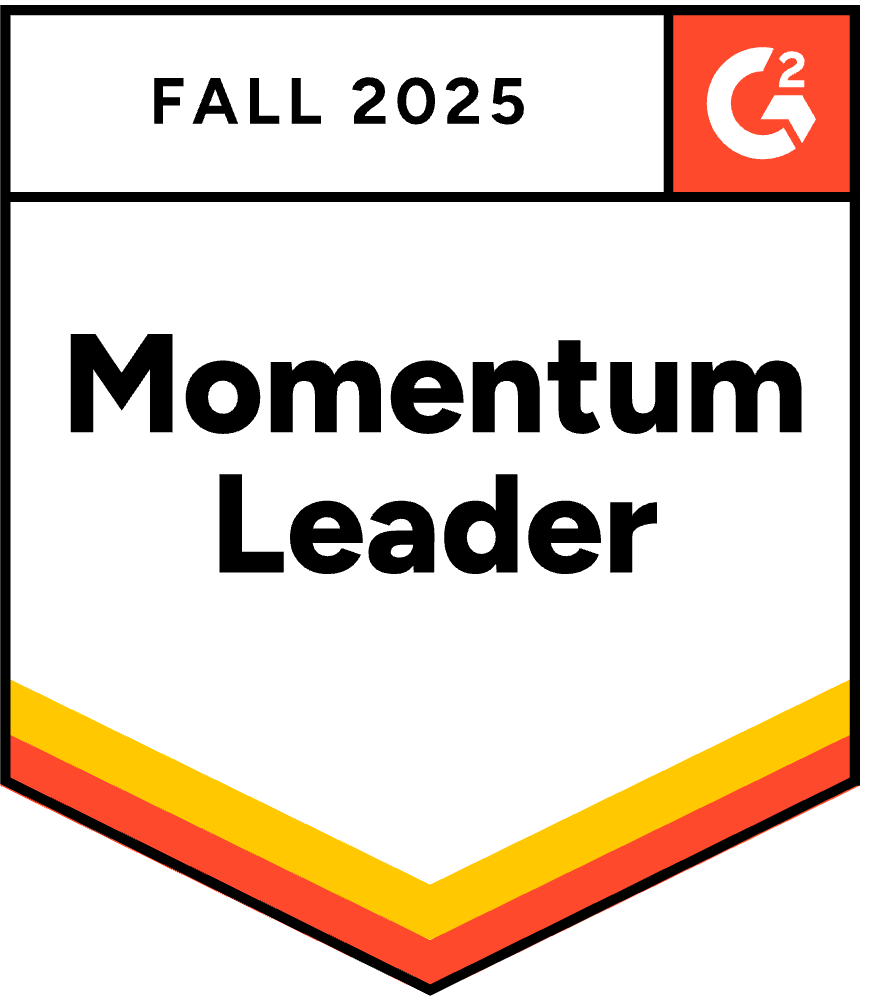Discover 5 Nonprofit Strategy Maps for Success
Learn how organizations thrive with Balanced Scorecards. Download now to see real-world examples and insights.
Discover how to effectively communicate your nonprofit's goals and engage your team with our Strategy Maps for Nonprofits & Charities. Learn from five real-world examples, from homeless shelters to environmental groups, and see how they achieve success.
Let’s face it, navigating the nonprofit world can be a bit like herding cats. You’ve got passionate people, big dreams, and often, limited resources. That’s where a Balanced Scorecard strategy map comes in. It’s not just a tool; it’s your roadmap to success. We’ve seen firsthand how these maps can transform organizations, from homeless shelters to environmental groups, by providing clarity and focus.
Our sample strategy maps are like a backstage pass to the inner workings of successful nonprofits. You’ll see how they’ve tailored their maps to fit their unique missions and challenges. It’s fascinating to see the different paths they’ve taken and the successes they’ve achieved. And trust us, there’s a lot you can learn from their journeys.
So, why not take a page from their book? Dive into these examples, draw your own conclusions, and start thinking about how a strategy map could work for you. It’s time to turn those big dreams into reality, one step at a time.
Learn From The Leaders 🏆 in Strategy Execution

_EasiestToUse_Enterprise_EaseOfUse.png)
_HighPerformer_Enterprise_HighPerformer.png)
_UsersMostLikelyToRecommend_Enterprise_Nps-fall25.png)

_HighPerformer_HighPerformer.png)
These strategy maps transformed our approach, aligning our team and boosting our impact. A must-have for any nonprofit leader!
Invaluable insights! The sample maps provided clarity and direction for our charity's strategic planning.
A game-changer for our organization. The balanced scorecard approach assisted us achieve our goals efficiently.

.svg)



